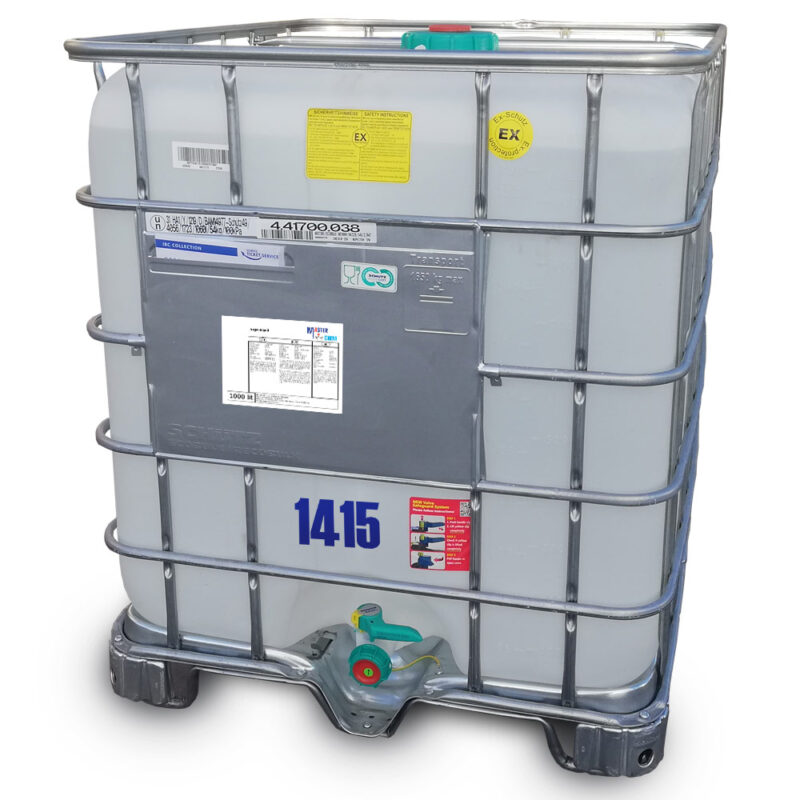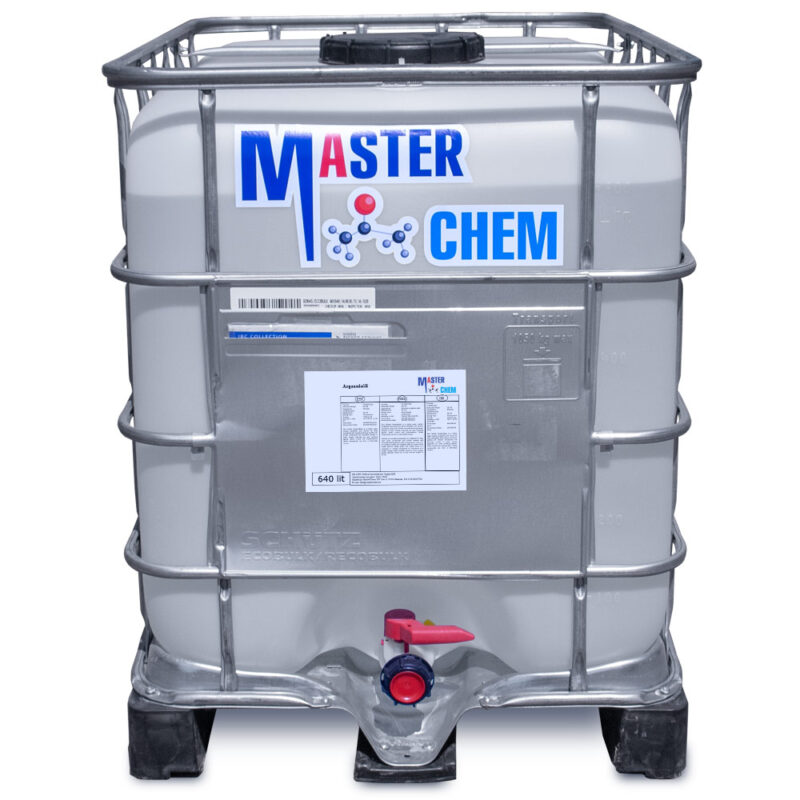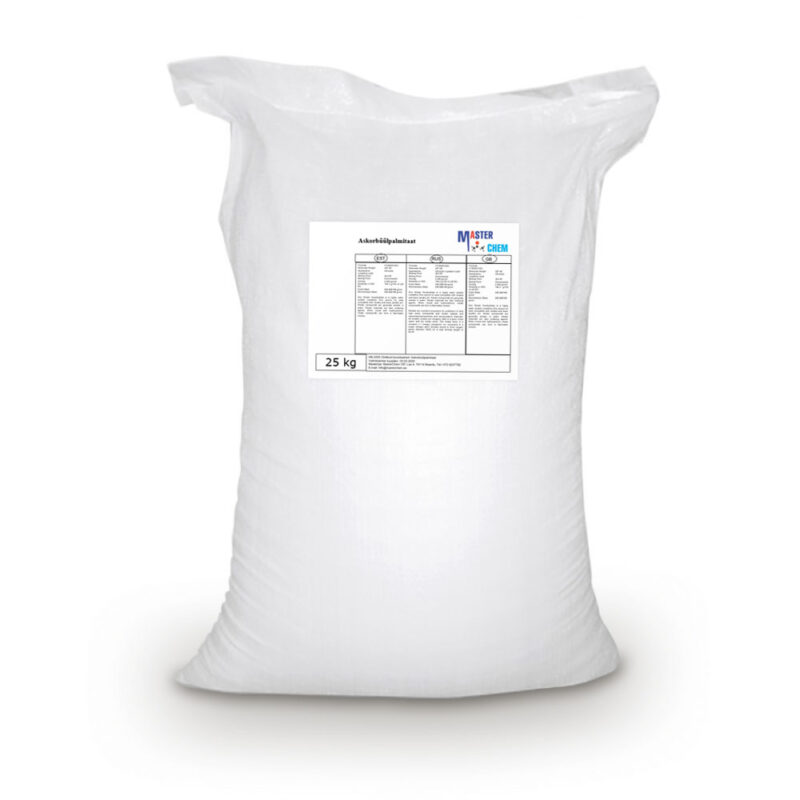Argan oil (CAS 223747-87-3)
Argan oil (CAS 223747-87-3)
Argan oil is a plant oil produced from the kernels of the argan tree (Argania spinosa L.).
Argan oil has a relative density at 20 °C (68 °F) ranging from 0.906 to 0.919.
Argan oil contains tocopherols (vitamin E), phenols, carotenes, squalene, and fatty acids (80% unsaturated). The main natural phenols in argan oil are caffeic acid, oleuropein, vanillic acid, tyrosol, catechol, resorcinol, (−)-epicatechin and (+)-catechin.
Depending on the extraction method, argan oil may be more resistant to oxidation than olive oil.
Ascorbyl palmitate (CAS 137-66-6)
Ascorbyl palmitate (CAS 137-66-6)
Ascorbyl palmitate is an ester formed from ascorbic acid and palmitic acid creating a fat-soluble form of vitamin C. In addition to its use as a source of vitamin C, it is also used as an antioxidant food additive (E number E304). It is approved for use as a food additive in the EU, the U.S., Canada, Australia, and New Zealand.
Ascorbyl palmitate is also marketed as “vitamin C ester”. It is synthesized by acylation vitamin C using different acyl donors.



